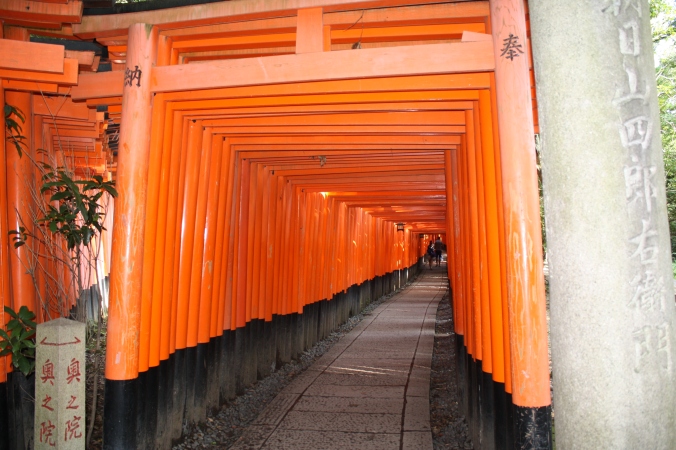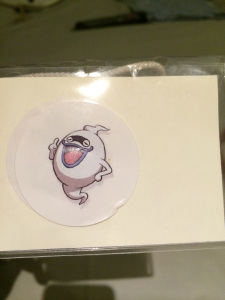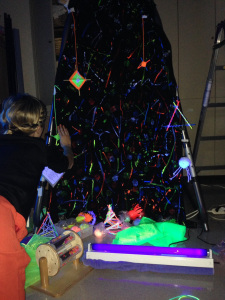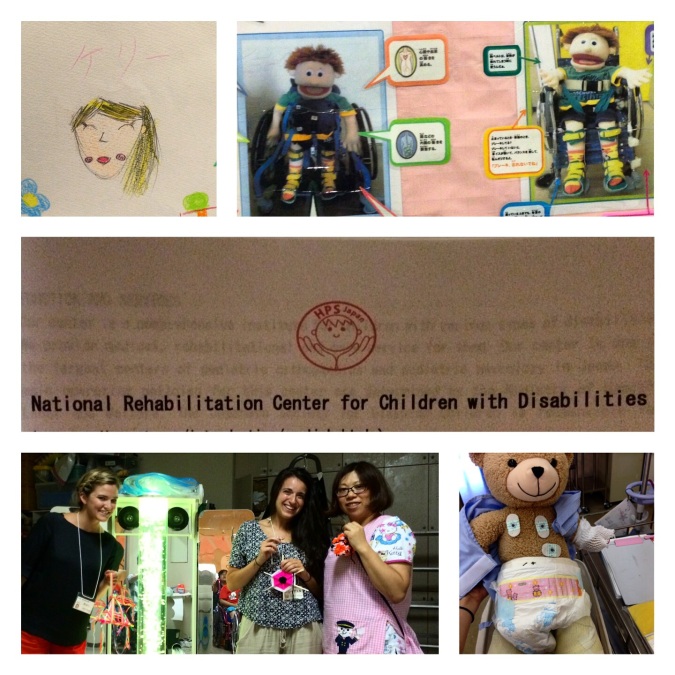At home I sometimes feel I have to remind myself to be aware of my surroundings and appreciate the present moment for all its magnitude. After all the smallest moments and the most seemingly unattainable details are what remain in our minds the longest.
I visited many temples and shrines in Japan. At one very famous temple in Kyoto there is a winding path of torii gates that travels high up into the woods. There are many steps and large rocks along the path. Our tour guide explained to us that this is very common in temples and shrines. These obstacles are placed there to remind the traveler to constantly be aware of their surroundings. It is something that is held in the core of their beliefs.
Maybe this is why I felt differently about the way I experienced Japan-because it is engrained in its spirit. Either way, I never found a need to remind myself to look around and take things in. It just seeped into me–slowly, yet all at once. I felt a calmness brush over me the second I stepped into this country and with every new road travelled and smile shared this calmness grew along with an instant appreciation and sense of immense humility and gratitude for each new thing that became part of my being.
Before coming to Japan I made the unfortunate discovery that green tea is a migraine trigger for me. I was really disappointed I wasn’t going to be able to partake in drinking something that was so customary in this country.
But now I realize that Japan itself is my green tea. And I am the water that seeped in all its goodness. Even though I wasn’t able to consume any throughout my trip, it is now swimming through my veins. This way I can keep it forever.
The comfort of a cup of tea-with me for life.





